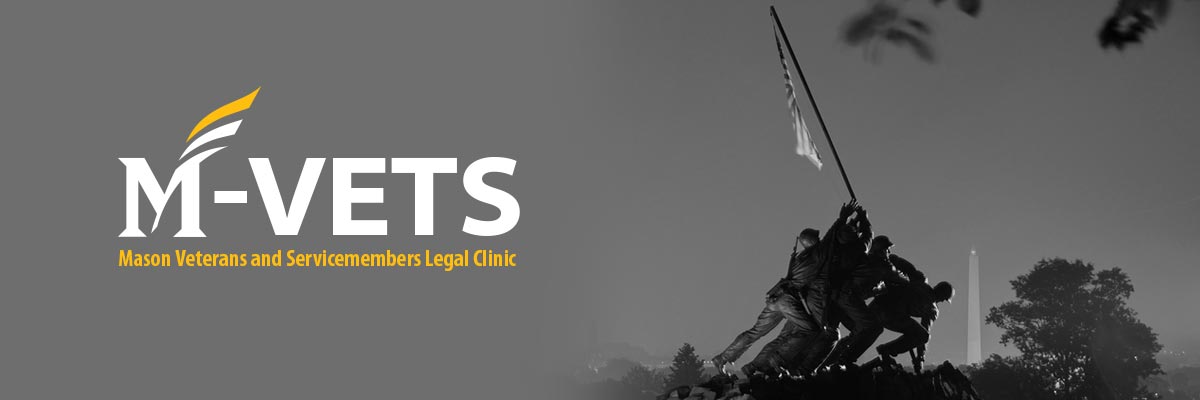By: Garrett VanPelt, CLASV Student Advisor Summer 2013
Many servicemembers receive security clearances during their military service and these clearances can be a distinct advantage when transferring into the civilian workforce. The high cost of obtaining a fresh security clearance is a large incentive for employers to hire servicemembers with current clearance investigations; however, servicemembers may not be aware of the regulations surrounding their clearances and how to ensure that they can leverage their clearances to obtain civilian employment.
Clearances remain in effect for as long as cleared individuals remain employed in a position that requires access to classified information and they comply with Periodic Reinvestigation requirements. The period for reinvestigation is determined by the level of the clearance: Top secret clearance or access to a highly sensitive program require reinvestigation every 5 years, secret clearance is every 10 years, and confidential clearance is every 15 years.[1]
Clearances will be terminated when the individual permanently leaves the position for which the clearance was granted. At this point, the individual no longer has an “active” clearance; however, clearances can be reinstated as long as the underlying Personnel Security Investigation (“PSI”) is still current and there has not been a break-in-service of 2 years or more. The clearance can be reinstated without the individual submitting a new SF-86; however, for clearances involving special access authorizations a new SF-86 can be required if the break-in-service is more than 6 months or a polygraph is required. PSIs remain current for 5 years for top secret clearances, 10 years for secret clearances, and 15 years for confidential clearances.
PSIs are reciprocal among government agencies. An investigation performed by the DoD will be accepted by other agencies, although different agencies may have different requirements for clearances. Agencies may not perform another investigation where a current investigation or clearance of equal level exists; however, the head of an agency may disallow reciprocity on a case-by-case basis.[2]
When preparing to leave service, there are some items that the servicemember should consider. Be sure to obtain a copy of the latest SF86 and PSI. These can be obtained through the E-QIP website.[3] If the servicemember does not have an active clearance, but has a current PSI they should indicate that they have an “inactive clearance” on their resume and include their periodic reinvestigation date. If their PSI has lapsed the servicemember should indicate that they are “Clearable.” A second investigation should not take as long as the original investigation, depending on the length of the lapse.[4]
[1] 50 U.S.C.A. 435b (a)(7)
[2] 50 U.S.C.A. 435b (d)
[3] http://www.opm.gov/investigations/e-qip-application/
[4] http://www.military.com/veteran-jobs/security-clearance-jobs/inactive-or-lapsed-security-clearance.html
The views and opinions expressed in this article are those of the author’s only and do not necessarily reflect the official policy or position of CLASV, George Mason University School of Law, George Mason University or any agency of the Commonwealth of Virginia.
